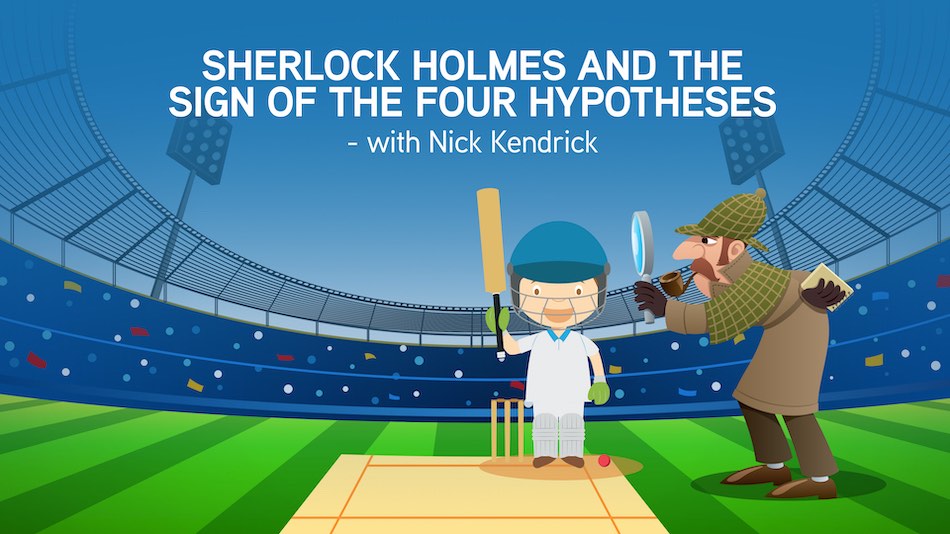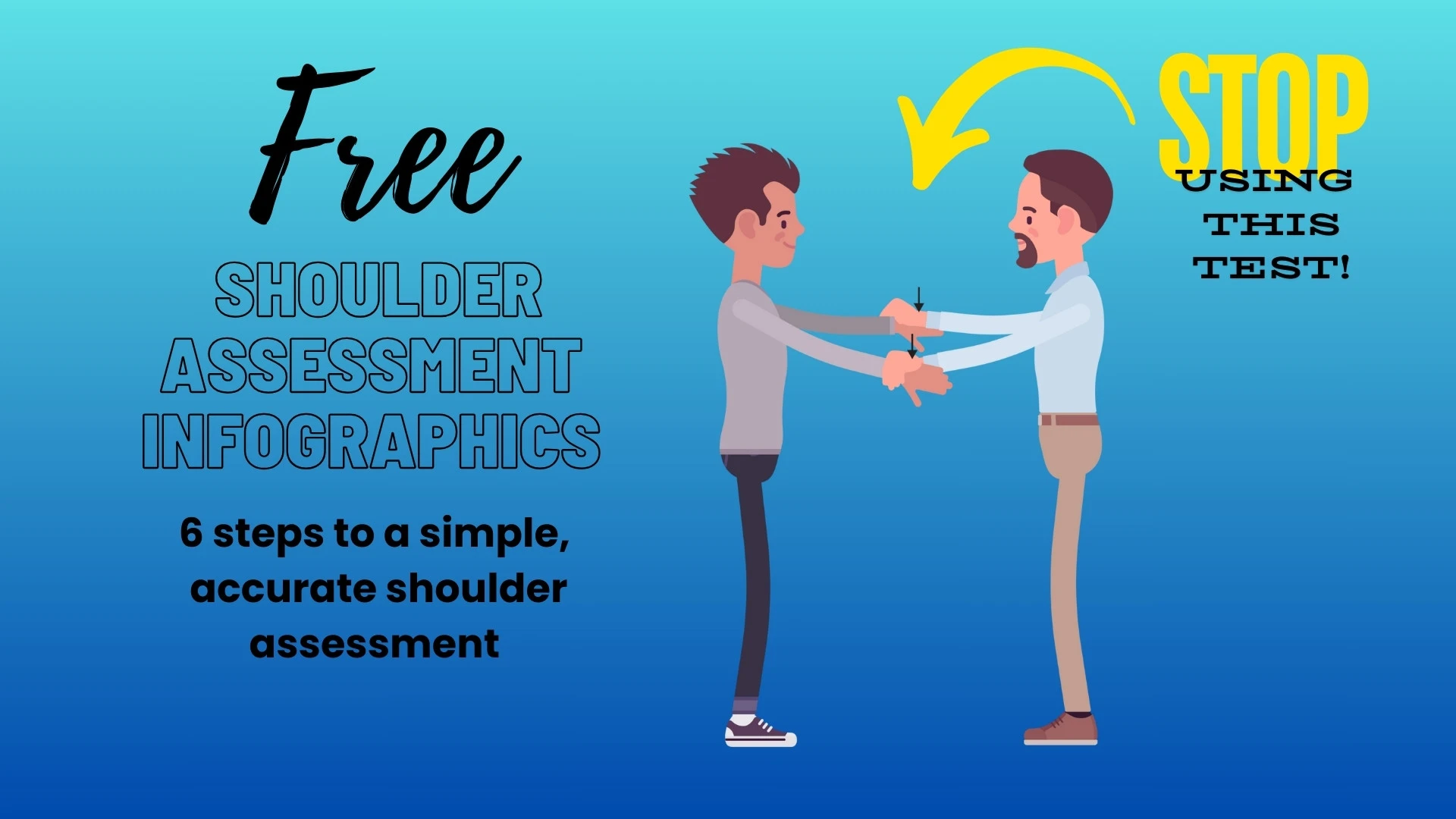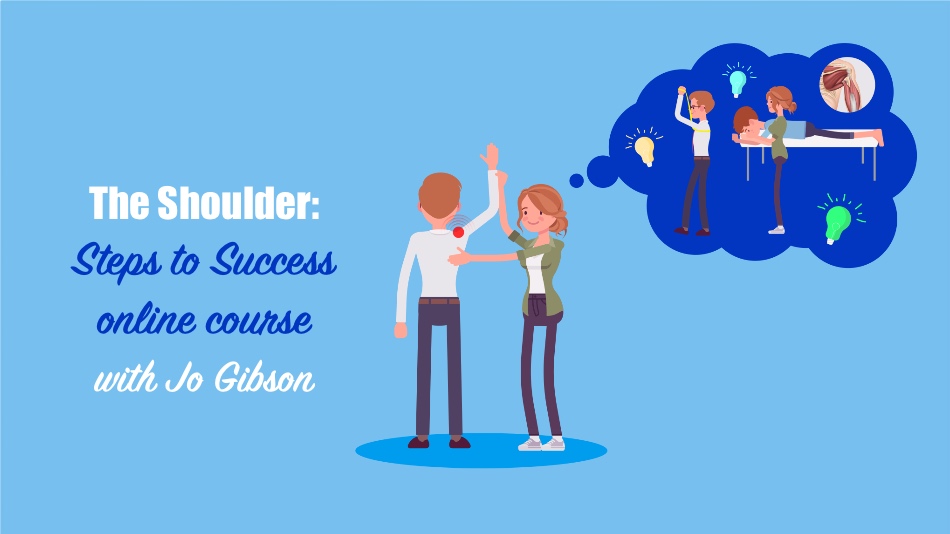
When you assess your patients shoulder movements, and notice a winging scapula, altered resting position or timing of scapula movement, do you need to treat it? Can we diagnose “Scapular dyskinesis”, and does it matter? How can you simplify your scapular assessment?
In this podcast, Jo Gibson (Clinical Physiotherapy Specialist) explores common beliefs and myths around the scapula, including:
- Abnormal scapular kinematics cause pain
- We can predict patients that are going to get shoulder pain
- Upper traps should be retrained to decrease their activation
- Scapular-based interventions are superior to rotator cuff based treatment
- There are reliable and valid ways to assess scapular movement
Alongside this mythbusting, you’ll explore:
- Is there any point assessing the scapula?
- Is scapular asymmetry normal or abnormal?
- Is scapular dyskinesis a normal response to exercise or loading?
- How accurate are we at identifying scapular dyskinesis compared to findings in laboratory studies of scapula movement?
- What scapular findings will you commonly observe in patients with massive rotator cuff tears, nerve injuries & stiffness?
- How does rotator cuff fatigue impact scapular movement?
- How does fear avoidance and worry about particular movements impact muscle activity and movement?
- When is increased upper traps activity helpful and beneficial?
- Should we try to decrease upper traps activity in patients with C/Sp driven shoulder pain?
- Can we preferentially target the scapular or rotator cuff with our exercises?
- Do improvements in shoulder pain correlate with changes or “improvements” in scapular movement?
- How do scapular assessment test (SAT) results impact your treatment and exercise prescription?
- If the SAT improves pain, does that mean we should perform scapular based exercises?
- Can we use scapular dyskinesia classification to stratify patients or guide our treatment?
- Is there any reliability in scapular assessment?
- Does the SAT simply identify those that have a favourable natural history ie are going to get better on their own regardless?
- Do scapular treatments increase the subacromial space, and does this matter?
- Is winging post-surgery (posterior stabilisation + labral repair) a product of surgery or does this need to be addressed?
- How does incorporating the kinetic chain into rehab impact patient movement strategies, scapular and rotator cuff recruitment?
- Are scapulothoracic bursae relevant to shoulder pain?
- How can you address patient beliefs and fear avoidance around their shoulder pain?
Podcast handout
Free shoulder assessment infographic series
Frozen and stiff shoulder assessment & treatment with Jo Gibson
Shoulder: Steps to Success online course with Jo Gibson
Improve your assessment and treatment of shoulder pain with the Shoulder: Steps to Success online course with Jo Gibson, now available for enrolment at clinicaledge.co/shouldersuccess
CLICK HERE to get access to Sherlock Holmes and the sign of the four hypotheses with Nick Kendrick

Links associated with this episode:
- Improve your assessment and treatment of frozen and stiff shoulders now with Jo Gibson’s online course at clinicaledge.co/frozenshoulder
- Improve your shoulder assessment & treatment with the Shoulder: Steps to Success online course with Jo Gibson
- Download and subscribe to the podcast on iTunes
- Download the podcast now using the best podcast app currently in existence - Overcast
- Listen to the podcast on Spotify
- Improve your confidence and clinical reasoning with a free trial Clinical Edge membership
- Let David know what you liked about this podcast on Twitter
- Review the podcast on iTunes
- Like the podcast on Facebook
- Infographics by Clinical Edge
- Jo Gibson on Twitter
Articles associated with this episode:
- Download the podcast handout to receive the articles associated with this podcast.
- Andersson SH, Bahr R, Clarsen B, Myklebust G. Risk factors for overuse shoulder injuries in a mixed-sex cohort of 329 elite handball players: previous findings could not be confirmed. British journal of sports medicine. 2018 Sep 1;52(18):1191-8.
- Asker M, Brooke HL, Waldén M, Tranaeus U, Johansson F, Skillgate E, Holm LW. Risk factors for, and prevention of, shoulder injuries in overhead sports: a systematic review with best-evidence synthesis. British journal of sports medicine. 2018 Oct 1;52(20):1312-9.
- Christiansen DH, Møller AD, Vestergaard JM, Mose S, Maribo T. The scapular dyskinesis test: Reliability, agreement, and predictive value in patients with subacromial impingement syndrome. Journal of Hand Therapy. 2017 Apr 1;30(2):208-13.






